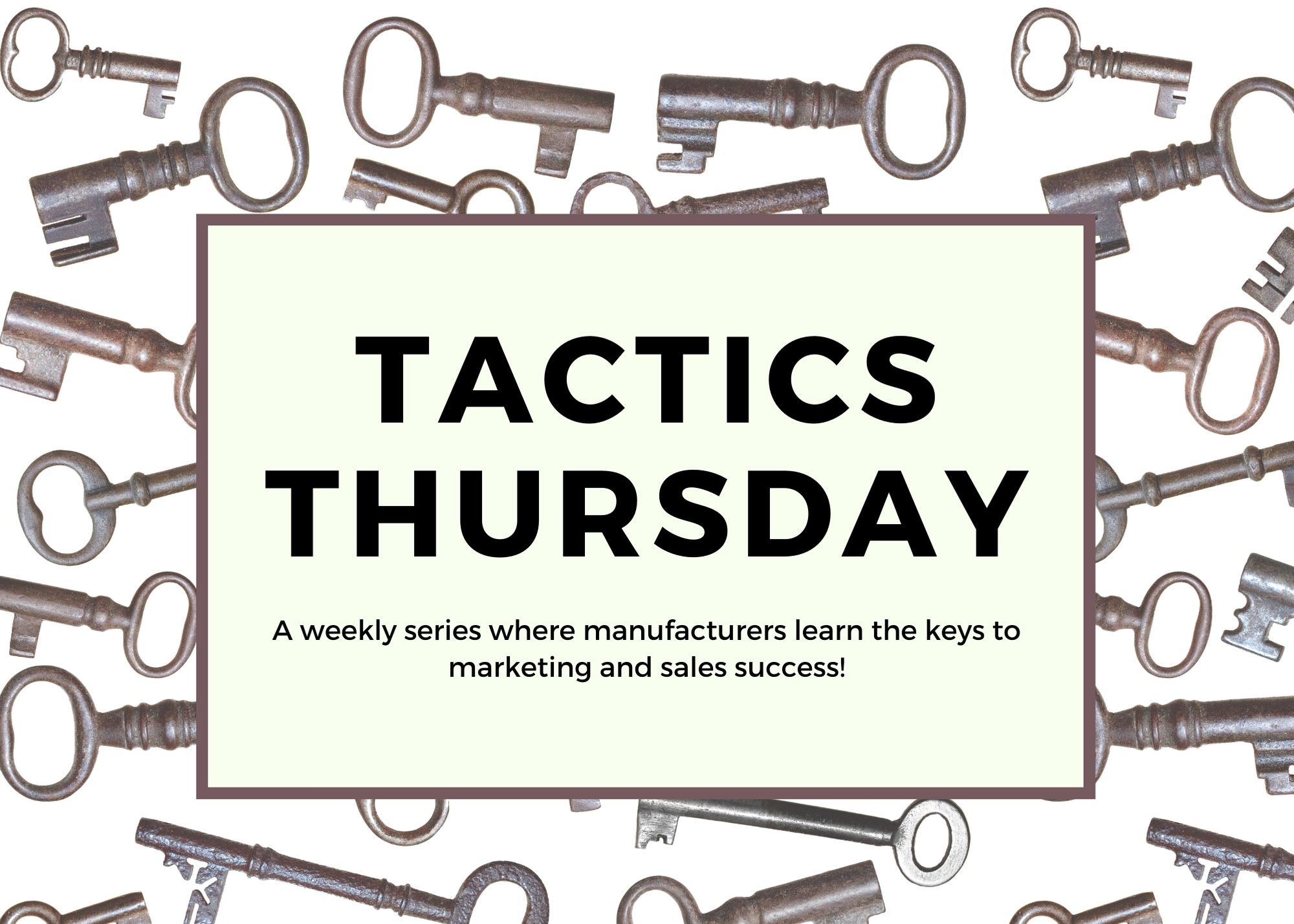How to Incorporate Video into Your Manufacturing Sales Strategy

This week’s Tactics Thursday video is about how to incorporate video into your sales strategy! Developing impactful videos doesn’t take a hefty budget or fancy equipment! There are so many free or extremely affordable video platforms on the market that allow people to produce short, simple videos. We use a free video platform called Vidyard internally and for our manufacturing clients throughout the sales process. It allows you to take videos through your computer webcam or your phone on the Vidyard app. When using Vidyard on your computer, you have the option to record just yourself, yourself and your screen, or just your screen.
I use Vidyard to create the following:
- LinkedIn Videos- Such as these Tactics Thursday videos, company announcements, or announcements for Women in Manufacturing Ohio, which I serve on the board as Communications Chair.
- Client Tutorials- I often do tutorials when clients ask questions showcasing how to perform tasks in HubSpot or walking clients through email campaigns and workflows
- Prospects Meeting Follow Up- If I have a strong meeting with a prospect, sometimes I will opt to do a video recap instead of a lengthy email follow up. This cuts through the clutter and adds a personal touch.
This video specifically highlights how to use Vidyard to develop LinkedIn videos. Video is an excellent way to promote yourself and highlight your company’s products and services. As long as you are providing value and keeping the videos short, sweet and to the point, you’re golden.
For more information on video strategy, check out my blog “Why Video Should Be Part of Your Sales Strategy”




